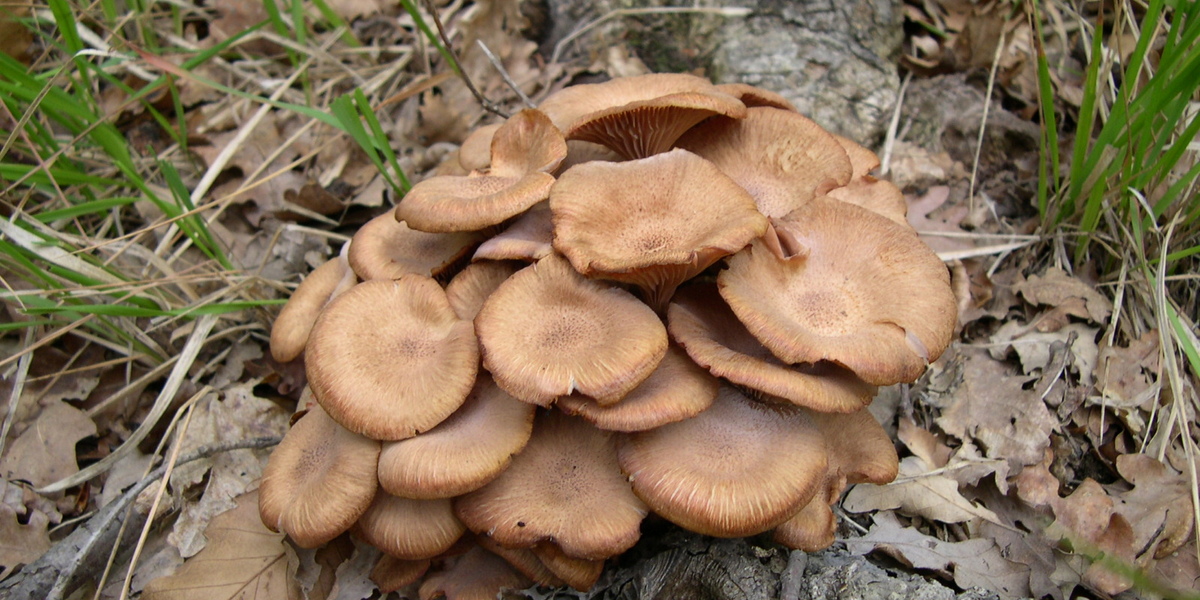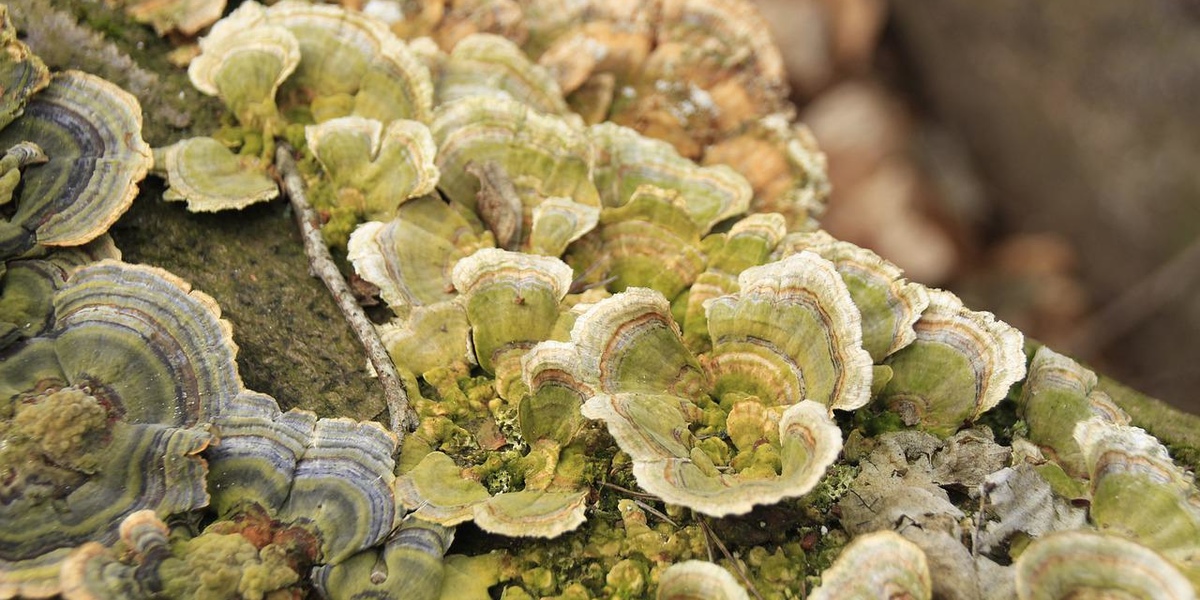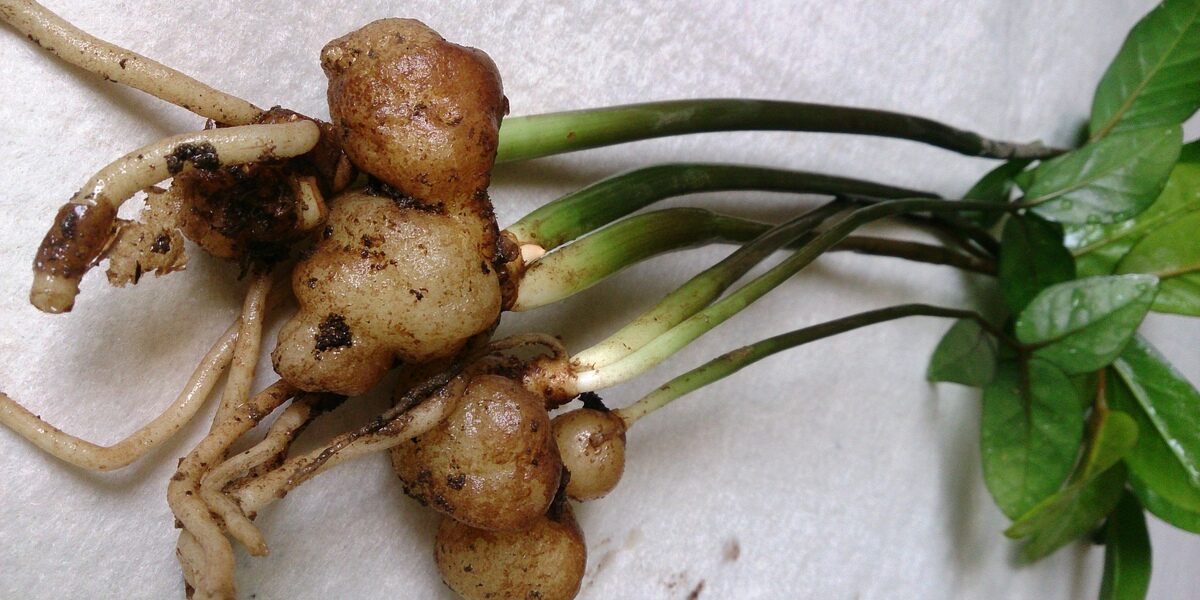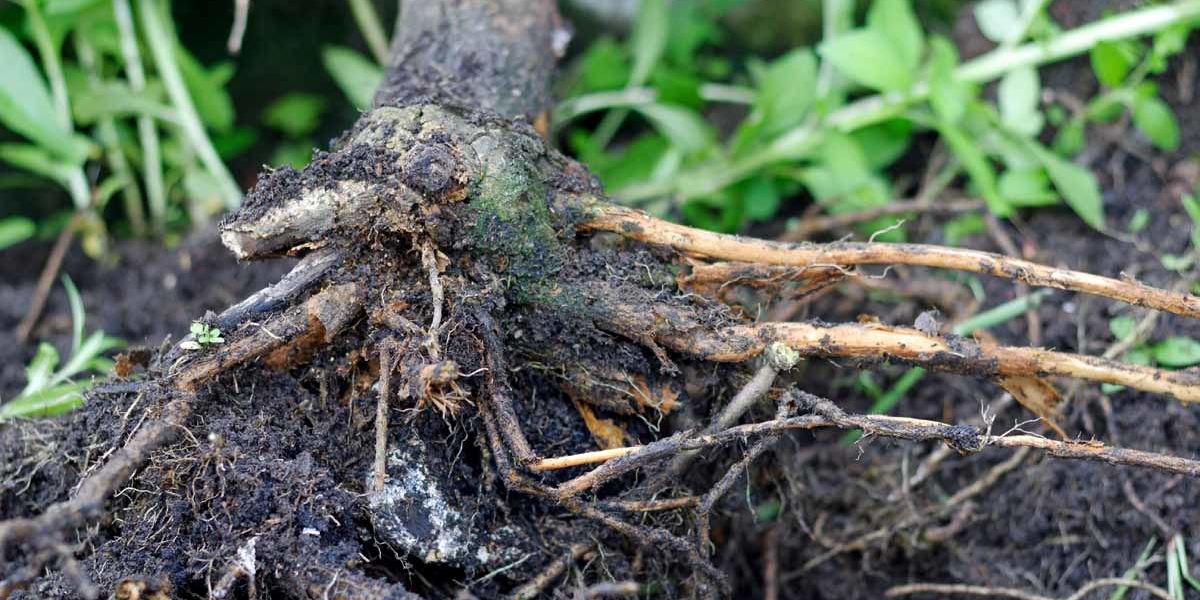Root rot is a disease that is hard to identify. It starts below the surface and spreads quickly on the whole plant. Meanwhile, identification of this disease is vital for your greenery. The faster you do it the more chances your plant has to survive. Although it is not easy to recover from root rot disease, it is still possible to save what is left.
Common Information on Disease
Root rot is not uncommon for household plants. It has a wide range of types but all of them are provoked either by fungal or bacterial infection. You can think of it as the condition that you may observe on the roots of the plant. The outdoor plants suffer from the disease less often than indoors. The leading cause of plant root rot is the lack of drainage systems in the soil.
No matter the cause, the pathogen prospers in the wet soil that stays moisturized for weeks and months. The plant starts to decay. Pathogens take all root rot, suffocating it. You may find the ways of the preventive procedure easier than the battle against a disease that is already there.
This plant disease does not give plants a chance. The roots are an important part of the plant, the source of water and nutrients. Without roots, the plant will not survive. When the root dies, you can say goodbye to the whole flower in the pot. Since plants require oxygen to consume food and receive energy from it. Without oxygen near the root, energy will not be transported to the plant’s cells. No matter which treatment you pick, the greenery will not be able to soak it.
Types of Root Rot
The classification of root rot is not simple since it contains too many diseases and species. Root rot can be considered the cause of fungal or bacterial infection spread. It means, you have not only different types of root rot, but even different pathogens behind them.
Fungi-caused disease:
- Armillaria root rot is the fungal type of pathogen that is caused by the Armillaria genus. The symptoms include emaciated leaves, death of branches, and twigs. The common characteristics of all the hosts that were infected are that they are affected by the white root rot fungus;
- Clitocybe tabescens is the typical mushroom root rot. You may have seen it numerous times. Mushrooms turn black or dark brown before they die. It is similar to armillaria tabescens;
- Fusarium is a huge genus of fungi. It belongs to the hyphomycetes group. The most popular fungus sub-type that affects the rots is Fusarium solani. You can see this type on potatoes and crops that were planted in the soil where dry beans were previously grown Fusarium root rot can cost you the whole harvest;
- Ganoderma root rot. It is caused by Ganoderma fungi. Usually widespread among the mushrooms that grow on the trees;
- Phellinus weirii. This fungal pathogen causes the laminated root rot or so-called yellow ring rot. It is widely spread among trees in the US, including the Western white pine and Douglas fir.

Oomycetes or bacterial types:
- Pythium. The pythium root rot was also classified as fungi for a long time. Yet, it belongs to another genus called parasitic oomycetes. This is a standard disease of the crop that appear in damp condition. This disease can act together with pathogens like Rhizoctonia root rot as well as Phytophthora;
- Aphanomyces is an alfalfa disease. It is widely spread around the US Midwest. The pathogen quickly appears in the soils that are not drained properly. The gray color decay at the beginning is turned into black root rot;
- Phytophthora is caused by water molds or oomycetes. There are over 170 different species of the pathogen that are already found around the world;
- Phellinus noxius belongs to the Basidiomycetes class. This parasite causes the brown root rot in the plants. It is widely spread among trees and crops.

Apart from that, there may be root rot nematodes that attack your flowers. They belong to the Meloidogyne genus and exist in the soil. They infect the plant’s roots producing the larvae that feed there. Larvae drain the root from the inside.
Symptoms of Disease
It is easy to see the signs of the problem if you know what you are looking for. For starters, the root rot leaves are usually dark or covered in numerous black and brown spots. However, you don’t have to wait till you notice the problems with the leaves. The faster you take everything under control, the more effective the cure will be. Pay attention to the following symptoms:
- your plant declines without any reason;
- the leaves are getting pale and decrease in size;
- the growth is stopped;
- leaves can turn brown, yellow, and wilted;
- branches began to fall off;
- canopy is thinning;
- sometimes the pathogen spreads from roots to stems and leaves;
- the ground of the plant is constantly wet and sometimes even covered with a white mold;
- the water is not soaked as fast as it used to;
- you will see that the plant is wilting.
If you can see the rot without hurting the plant, do it. You can dig the ground slightly. Check out whether the root is not mushy and black. You can even smell the decay if the roots are already affected. If you can touch like in the case of root rot hydroponics, check whether they hold firmly or fall apart from a gentle touch.
Household Plants Affected by Root Rot
Since root rot is popular among household plants, you may find the list of possible targets the most helpful. If you have not found your plant on it, but you suspect root rot, you can look for symptoms.

I have gathered here not all, but only the most popular types:
- Monstera root rot. You can easily notice disease on the leaves. They are covered in the dark spots of different shapes;
- Pothos root rot. This plant can develop root rot in no time. You will see the browning of its roots at the beginning. After it the leaves will be affected;
- Succulent root rot. The major symptoms are yellow, shriveled, or sometimes limp leaves. If you provide too much water, the root rot succulent can quickly progress;
- Aloe vera root rot is not widespread, but can happen if you overwater the flower. Roots are getting soft and brown and the plant becomes fragile;
- Money tree root rot starts with the roots and spread to the stem. The leaves will fall down eventually;
- Fiddle leaf root rot can’t stay unnoticed for too long. The dark small stains will appear on the leaves closer to the center. The leaves will be curled after some time;
- Lavender root rot is a widespread problem that happens because of overwatering. You can save the plant if you noticed the first signs. Once the plant is sick you have to replant it;
- Alocasia root rot is a common disease. The plant can even get to you already infected. It can attract fungus gnats easily;
- Anthurium root rot affects roots, leaves, and stems. You will see the stem and leaves turn yellow in the first place;
- Dracaena root rot does not happen so often. Yet, once you notice dark stains with yellow haloes around them on the leaves, you need to act immediately. The main cause of dracaena marginata root rot is overwatering;
- Yucca root rot makes the leaves go black and fall off occasionally. If you notice the first signs you need to quickly get to the root and check it;
- Peperomia root rot starts from a fungal infection. The pythium is the pathogen that causes the trouble and must be identified immediately. The leaves will eventually fade;
- Philodendron root rot is caused by overwatering. The roots start to decay and the plant will look limp. Root rot philodendron requires your instant help and replanting;
- Birds nest fern root rot does not happen often since this plant constantly needs water. Yet, if you find the roots start decaying and you feel the odor, you can start with cutting the water amount;
- Rubber plant root rot is caused by Armillaria root rot. The disease attacks the cambial tissue, killing the roots. It also spreads to the stem. Armillaria root rot treatment is simple, but you need to replant it to another soil;
- Boxwood root rot is caused by fungus. It starts with below-ground symptoms and spread to the above-ground quickly. The foliage will be wilted;
- Root rot bird of paradise spread on the plant after the fungal infection gets in. You can also provoke it by yourself by overwatering the plant;
- Dieffenbachia root rot is caused by the lack of drainage in the soil and moisture. This plant can tolerate the cutting of the infected roots. Once you notice the problem, cut the roots;
- Bonsai root rot. Don’t wait till the whole plant will turn black and die. Check out the drainage at least once a year and don’t provide more water than it needs;
- Chinese evergreen root rot is simple to notice. Pay attention to whether the plant absorbs water or not. Once the disease progresses the plant starts to wilt and later dies. Aglaonema root rot is caused by overwatering only;
- A string of pearls root rot is a common problem. The plant has thin roots that can be easily damaged. The inappropriate soil for the plant can also provoke disease;
- African violet root rot can’t be noticed so easily. You have to dig into the ground. The roots are decaying and turn black if the disease spreads around;
- Rhaphidophora tetrasperma root rot is visible above the ground too. The leaves turn yellow. The plant is not growing at all;
- Root rot calathea case is similar to others. The plant gets ill once it is overwatered. The first thing you notice is the curled leaves with dark stains at the ends;
- Cactus root rot is caused by fungi. This pathogen can spread even on the desert plants if they are being overwatered;
- Schefflera root rot provides symptoms similar to leaf chlorosis. The leaves begin to drop after they get brown;
- Begonia root rot is caused by pythium bacteria that prosper in the wet ground. Usually, this disease kills the plant;
- Parlor palm root rot can be cured if you notice it at the beginning. You will see that leaves are turning yellow. There is an unpleasant odor of decay;
- Fiddle leaf fig can be infected too. Root rot treatment fiddle leaf fig must begin with the cutting off the infected roots;
- Fern root rot is simple to notice since the leaves turn yellow. They curl inside and begin to die;
- Calla lily suffers from bacterial root rot. Calla lily root rot treatment must be started with the new soil. Pay attention to the advanced drainage system inside to prevent disease.
Root Rot Treatment
The knowledge of each specific flower may be helpful for further treatment. You have to make sure that the care you provide is beneficial for the plant. Treating this disease is not as easy as preventing it. You have to follow the next steps:
- Remove the plant from the infected soil. You can’t use it anymore, so the best option is to throw it away;
- Wash all the roots under the tap water. Gently remove the soil from them, so you can see all the roots;
- Use the shears to cut infected roots. Clean shears each time you move to the next root with alcohol;
- Cut down part of the leaves to allow the plant to grow faster without the need to take care of too many leaves;
- Wash the pot with the soap or even bleach before you place the new soil inside;
- Make sure that you place drainage in the new soil;
- Pick the right soil that matches the plant;
- If you can use the fungicide on the roots before you plant the flower in the pot;
- Once the transmission is done, don’t fertilize the plant for some time to avoid extra stress.

Quick Identification of Disease
Timing is highly important for root rot disease. If you want to save the plant, you need to start acting on the first stage of the illness, which is not always possible. This disease begins under the ground and stays invisible until it gets higher to the leaves and stems. Sometimes it is impossible to stop, and you have to throw away the plant that is dead. However, you can fight and even save some plants. Read the detailed manual and find out how you can save the above. Pay attention to the state of your plant each time you water it. If you notice something weird with it, inspect your plant for other clues.
If you have more comments to make, you can do it below the text. Have you ever dealt with root rot? Have you saved the flower? Share your story and recommendations with the readers.
1 Comment
Thanks for your blog, nice to read. Do not stop.